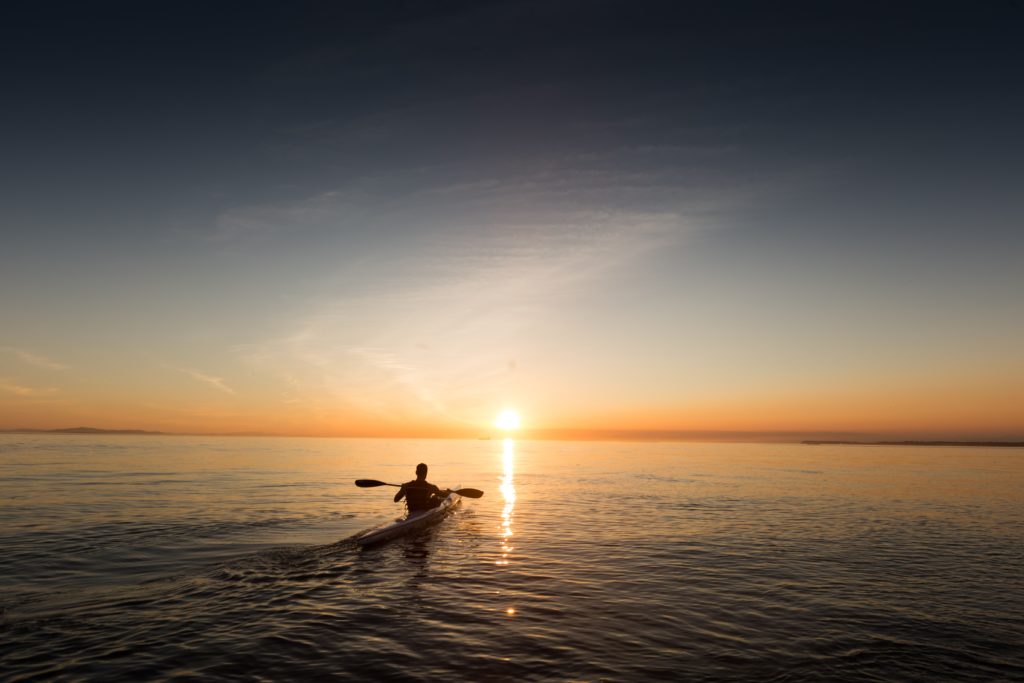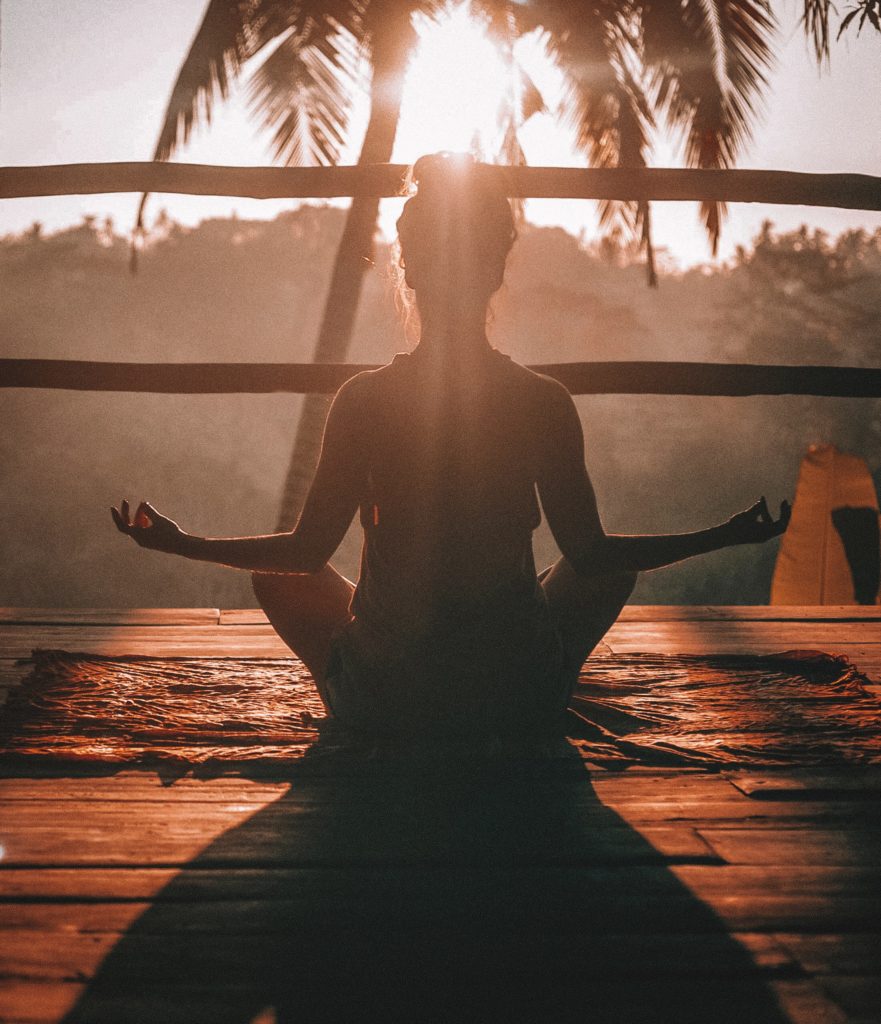Taking a personal retreat is a wonderful way to slow down and recalibrate when feeling particularly exhausted or overwhelmed or when needing to pull back and widen perspective.
Stepping away from our daily life and carving out a few days to be alone with our experiences is like pressing the restart button on our nervous system.
Humans are unique in how we move through the day and how we prefer to flow or create structure for the day and yet, research shows that everyone can benefit from creating rituals and daily practices that help you ground intentions for personal change and growth.
Therefore, below you will find recommendations for creating a personal retreat structure as well as resources for body-based practices that will help you slow down and develop a greater sense of interoception, which helps you feel and understand what is happening inside your body and mind.

Getting Started
1. Set your Intention for the Retreat.
Setting an intention for your retreat is a powerful way to stay connected to the outcome you would like to experience. Is your intention to rest and renew? To heal and grieve? To slow down and gain clarity? You might want to write this in a journal as you plan your retreat and then again on the day of your arrival.
2. Choose an inspirational/restful setting
Find a setting that fits your intention. Choose a space that feels comfortable and inspiring, that helps you unplug and recharge. Maybe a cabin in the woods, a boutique hotel by the ocean or a quiet space in your own home – find a space that reflects the feeling you want to embrace.
3. Create a structure or flow to help you stay connected to your intention.
Creating a loose agenda can help create a container for your days without feeling too much pressure to follow a strict schedule. Maybe just choose a time you would like to begin your day, when you would like to journal/meditate and move your body and when you would like to eat your meals. Then, everything else can flow around those things.
You can also follow a pre-recorded retreat agenda if you need some guidance. Here are two we recommend:
Do Yoga With Me Weekend Yoga Retreat
STILLNESS: A Women’s Winter Retreat
4. Go with the Flow.
There is no right or wrong way to retreat. Stay curious and compassionately observe your feelings, thoughts and sensation, and then shift and respond to the needs of your mind and body to better address them.
5. Pack your bag with retreat essentials.
- Comfortable clothes to relax and move in
- Walking shoes
- A journal
- Inspirational books or poetry
- Bath salts/lotion/skin care for self-care and relaxation
- Create a playlist

Meditative Practices & Resources for Daily Reflection
Remember, that reflection and “acts of stillness” do not necessarily mean silence. When carving out time to “reconnect to self” and deepen your awareness, the primary ingredient is internal focus and attunement. You can be listening to a podcast, walking on the beach, dancing or reading a book, yet the key is to practice while being mindful of your inner experience.
When Feeling Stuck, you can use this simple acronym, SIFT
Dan Siegel, author of Mindsight, recommends using the following acronym to help you tune in and observe the self with mindful awareness:
SIFT, which stands for Sensations, Images, Feelings and Thoughts.
In any moment of internal awareness, you can slow down and observe the self – what am I sensing, seeing, feeling and thinking? If you have a journal, jot these observations down and also make note of the context/environment that might be contributing to your current experience.
Move your body. Getting outside and taking a walk can give us a new perspective or help us connect to the present. Yet, many of us struggle to drop out of our thinking mind and into our body, even when engaged in walking or other movement in the body. Here is a guide (includes audio guide as well) to help get you started.
Breathing Practices
At any time, when noticing distress in the body, simply bring your awareness to the breath. Without judgment, spend 2-5 minutes observing the inhale and the exhale. Am I shallow breathing? Holding my breath? Breathing deeply? Notice what happens to your breath when you simply observe it. Then return to your day.
If you would like additional support to access the parasympathetic nervous system, using the breath, you may want to check out this App.
The Breathing App is inspired by resonance, the scientific name that describes what happens when our heart rate, heart rate variability, blood pressure, and brainwave function come into a coherent frequency.

Breathe
Mindfulness/Meditation
Mindfulness
There are a variety of guided meditations you can find online, however, for cultivating mindfulness, I recommend the teacher Tara Brach: https://www.tarabrach.com/guided-meditations/
Sound Meditation
Music Therapist Andrea Cortez, http://soundmeditationradio.buzzsprout.com/
Meditation Podcast
Meditative Story – the Meditative Story podcast combines human stories with meditation prompts embedded into the storylines — all surrounded by breathtaking music. A wonderful accompaniment to a mindful walk or restful moment
Meditation Apps
Books/Articles
Comfortable with Uncertainty by Pema Chodron, and you can listen to an audio teaching, Making a Relationship to Pain and Joy on her website: https://pemachodronfoundation.org/
The Art of Stillness by Pico Ilyer
Interoception: A Key to Wellbeing by Dr. Arielle Schwartz
Includes a 10 minute recorded practice that invites you to explore your own interoceptive awareness by exploring a seated mindfulness practice with your eyes open…and then with your eyes closed. Located at the bottom of the article.
Learn how to make time away from your business for a personal retreat in 2023, grab your ticket to the Resilient Business Leader’s Purposeful Planning retreat.
